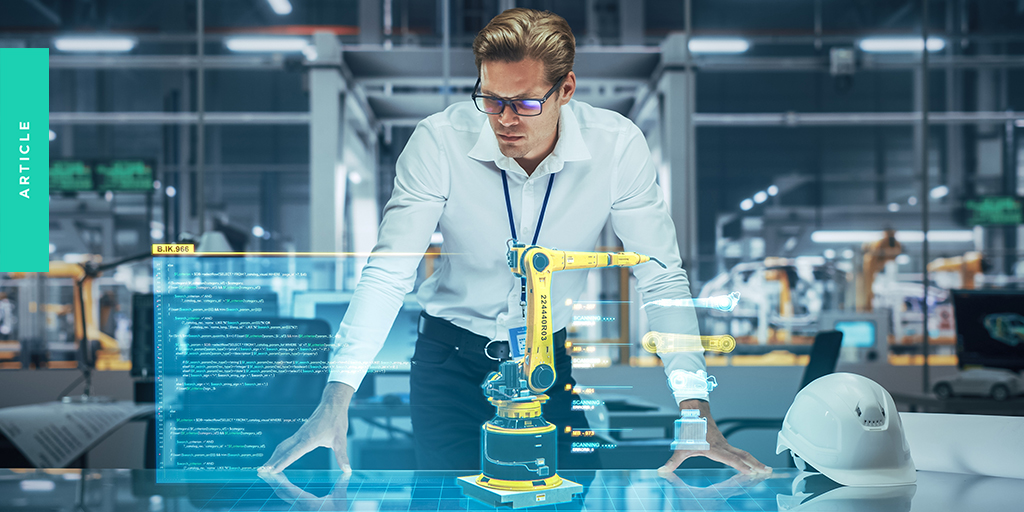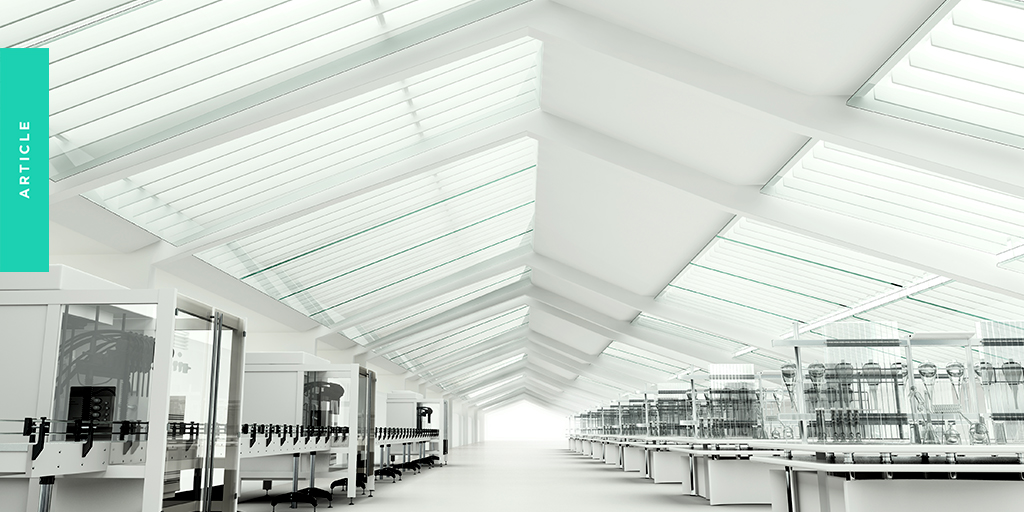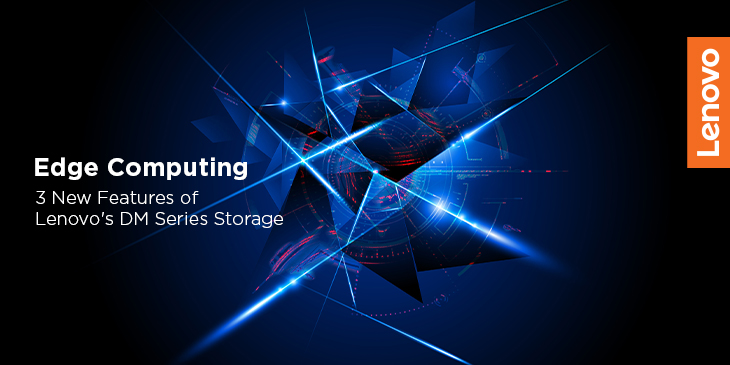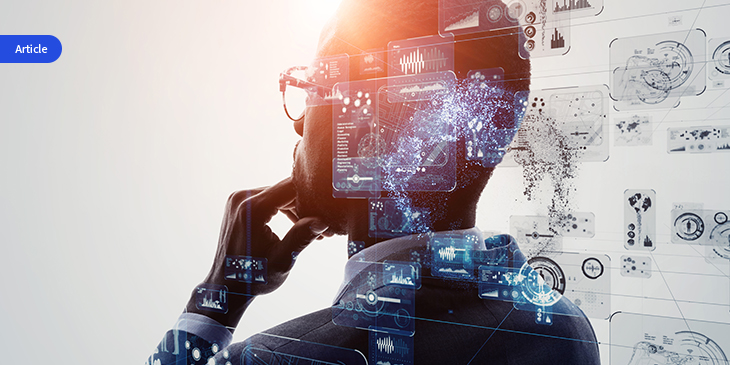How Modern Tech Will Define the Future of Manufacturing
In a world where smartphones know our next move and household devices chat amongst themselves, it’s no surprise that manufacturing—the backbone of our modern world—is poised for a digital revolution.
As we stand on the cusp of an era where the line between the physical and the digital blurs, the manufacturing industry finds itself in the midst of a transformation. Machines may be heavy and strong, but the silent genius orchestrating their moves is indisputably digital technology.
The Rise of Smart Factories
Factories are no longer mere brick-and-mortar establishments churning out products. The modern factory is an intricate web of interconnected machines, systems, and processes. These “smart factories” utilize digital technology to not only optimize production but also predict and prevent potential hiccups. For instance, sensors on a production line can detect minute deviations and correct them before they escalate into costly mistakes. The days of reactive measures are giving way to proactive and predictive maintenance, saving both time and money.
3D Printing: Manufacturing’s Magic Wand
If manufacturing had a magic wand, it would be 3D printing technology. This marvel lets manufacturers go from concept to prototype in mere hours. Gone are the days of costly molds and prolonged waiting times. Today, if a company dreams of it, they can print it. What’s more, the technology is rapidly advancing, moving from plastic prototypes to actual usable parts in metal, ceramics, and more. 3D printing doesn’t just expedite processes—it reshapes the entire product lifecycle, fostering innovation and reducing waste.
Artificial Intelligence: The Brain Behind Operations
Artificial Intelligence (AI) is the maestro, orchestrating each note of the manufacturing symphony. Through AI, manufacturers can optimize processes, improve quality control, and enhance supply chain efficiency. Advanced algorithms analyze massive datasets, identifying patterns and trends that might elude human observers. For instance, AI can anticipate when a machine is likely to fail or when there’s a spike in demand for a particular product. The possibilities are boundless, and as AI continues to evolve, so will its influence on the industry.
The Role of Industrial IoT
In the vast digital landscape, the Internet of Things (IoT) stands as a towering beacon. But its more muscular cousin – industrial IoT (IIoT) – plays a pivotal role in manufacturing’s digital future. While IoT connects everyday objects to the internet, IIoT does the same for machines and systems in a manufacturing environment.
Imagine a production line where every machine communicates its status, performance, and needs. This real-time feedback loop enables immediate adjustments, ensuring optimal performance and reduced downtime. Through industrial IoT, the entire factory becomes a cohesive, synchronized unit, seamlessly blending human expertise with machine efficiency.
Augmented Reality: Merging Worlds
Augmented reality (AR) is not just for gaming enthusiasts; it’s carving a niche in the manufacturing realm. Workers can now wear AR glasses that overlay digital information onto the physical world. This can aid in complex assembly tasks, maintenance, or even training sessions. By merging the digital and physical, AR provides a hands-on, immersive experience, making processes more efficient and reducing errors.
Cybersecurity: The Digital Sentry
With great connectivity comes great responsibility, particularly in terms of security. As manufacturing becomes more intertwined with digital technology, the threat landscape expands. Cybersecurity in manufacturing isn’t just about protecting data—it’s about ensuring the safety and continuous operation of critical systems. Advanced security protocols, regular audits, and employee training become paramount to shield the industry from evolving cyber threats.
Green Manufacturing: The Digital Eco-Warrior
The push for sustainable practices is more vigorous than ever. Digital technology is at the heart of this green revolution in manufacturing. From optimizing resource use to monitoring emissions in real time, digital tools enable manufacturers to reduce their carbon footprint. Plus, as consumer demand for eco-friendly products rises, companies can leverage technology to develop and market sustainable goods efficiently.
Final Analysis
The future of manufacturing is not just about machines and raw materials. It’s about the seamless integration of digital technology into every nook and cranny of the process. From the conceptual stages to the end product, the digital thread weaves its magic, transforming the industry in ways we’re only beginning to grasp. While machines will continue to be the industry’s workhorses, digital tech stands as the visionary, charting a course for a brighter, more efficient, and innovative future.
This article was written by Amelia Jacob from TechBullion and was legally licensed through the DiveMarketplace by Industry Dive, and provided by Extu.












